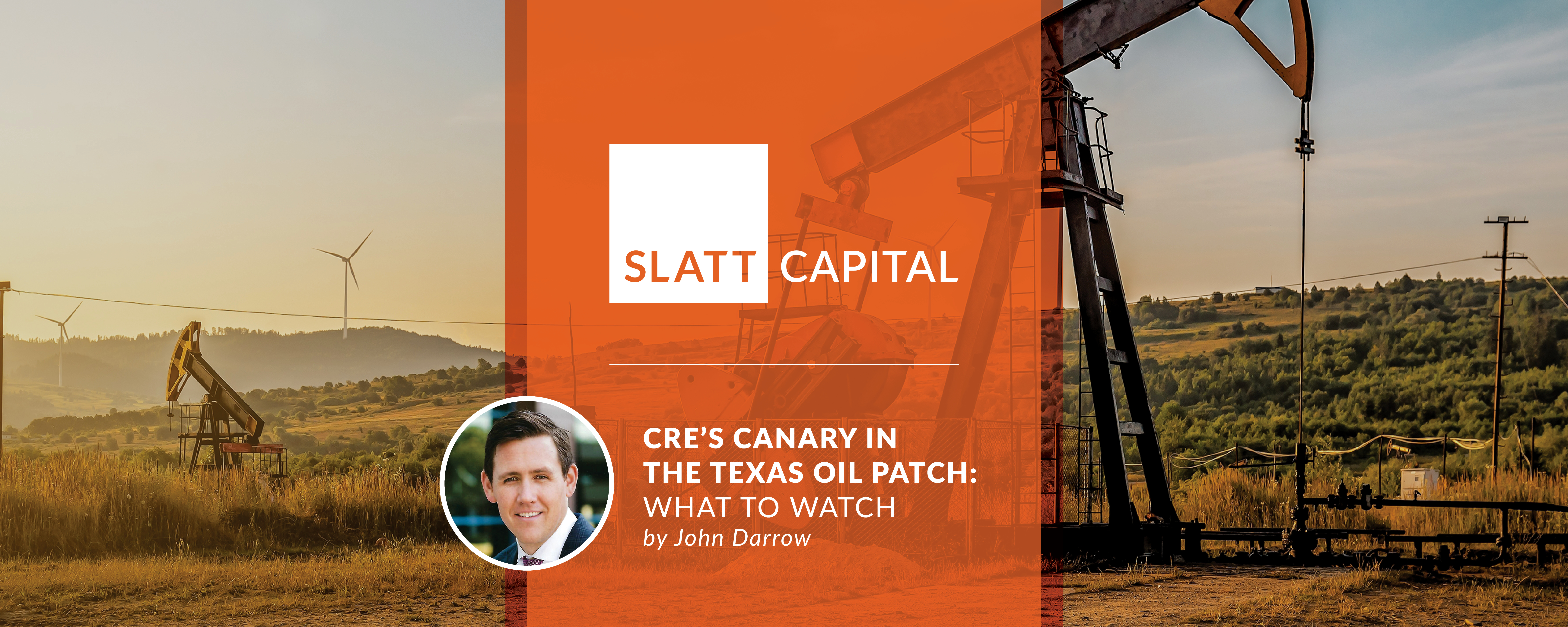
CRE’s Canary in the Texas Oil Patch
The once-unified OPEC+ alliance is beginning to fracture, and the implications on Texas commercial real estate could be far reaching. Saudi Arabia, traditionally the stabilizing force within OPEC+, recently signaled they are ready to fight a market share war to reclaim dominance of the oil market. During the depths of Covid when the price of oil briefly went negative, OPEC+ enforced production cuts on its members to stabilize the price of oil. By most estimates, the Saudis bore 40% of the production cut, while most other countries failed to meet their quota commitments, or just downright ignored them. Angola eventually left OPEC in late 2023 citing economic necessity. Couple that with Iran’s unregulated oil exports, and the discovery of a vast oil supply in Guyana, and the Saudis finally have had enough. Suffice it to say, there’s sufficient confusion to cover the oil producing nations. The alliance, which was once unified around managing supply to support prices, now appears to be pivoting toward a more self-interested posture — one that could unleash a wave of cheap oil into an already uncertain market. A wave that could upend the Texas commercial real estate market.
It’s All Connected
In Texas, where the oil industry is tightly woven into the state’s economic fabric, things could get interesting quickly. While large producers like ExxonMobil and Chevron can still operate profitably at prices in the low $30s thanks to efficient, integrated operations and scale, smaller operators in the Permian Basin – the largest oil producing basin in the United States – need oil in the $50–$65 range to justify continued drilling and capital spending. Already, exploration and production companies have slashed their CapEx budgets in the last week. And yet, it’s not just the Permian that’s vulnerable — it’s the entire Texas economy. At $3 trillion, or 10% of US GDP, Texas is the second-largest state economy in the U.S. Texas produces more than 40% of the country’s crude oil, and a disproportionate share of its job market, tax revenue, and real estate demand is linked — directly or indirectly — to oil and gas.
Warning Bells
History offers a stark reminder. In the mid-1980s, following a surge in production from Saudi Arabia – under strangely similar circumstances – oil prices collapsed from over $30 to below $10 per barrel. Texas, which had boomed on the back of high prices, fell hard. Over 700 hundred banks failed, many due to energy and real estate exposure. Commercial real estate collapsed, especially in Houston, Dallas and Midland, with vacancy-rates pushed well above 30%. The recovery took nearly a decade — and forced a painful restructuring of the state’s economy.
Today, Texas is more diversified, with tech, trade, and manufacturing playing larger roles in its economy. But the energy sector remains the flywheel — especially in oil-rich regions like Midland, Odessa, and Houston. If oil remains in the $50s or lower for an extended period, expect a sharp contraction in drilling budgets, job cuts across oilfield services, a pullback in energy lending, and cracks in regional commercial real estate.
Proceed with Caution
This story is developing in real time, but it is clearly something to put on the radar of every real estate investor conducting business in Texas. Are your lender’s exposed to the potential volatility? What about your target markets or asset allocations? As a commercial mortgage banker, Slatt Capital keeps a keen eye on all market factors to ensure we match client need with the best available solutions. While they say everything is bigger in Texas, this is one big factor to watch.